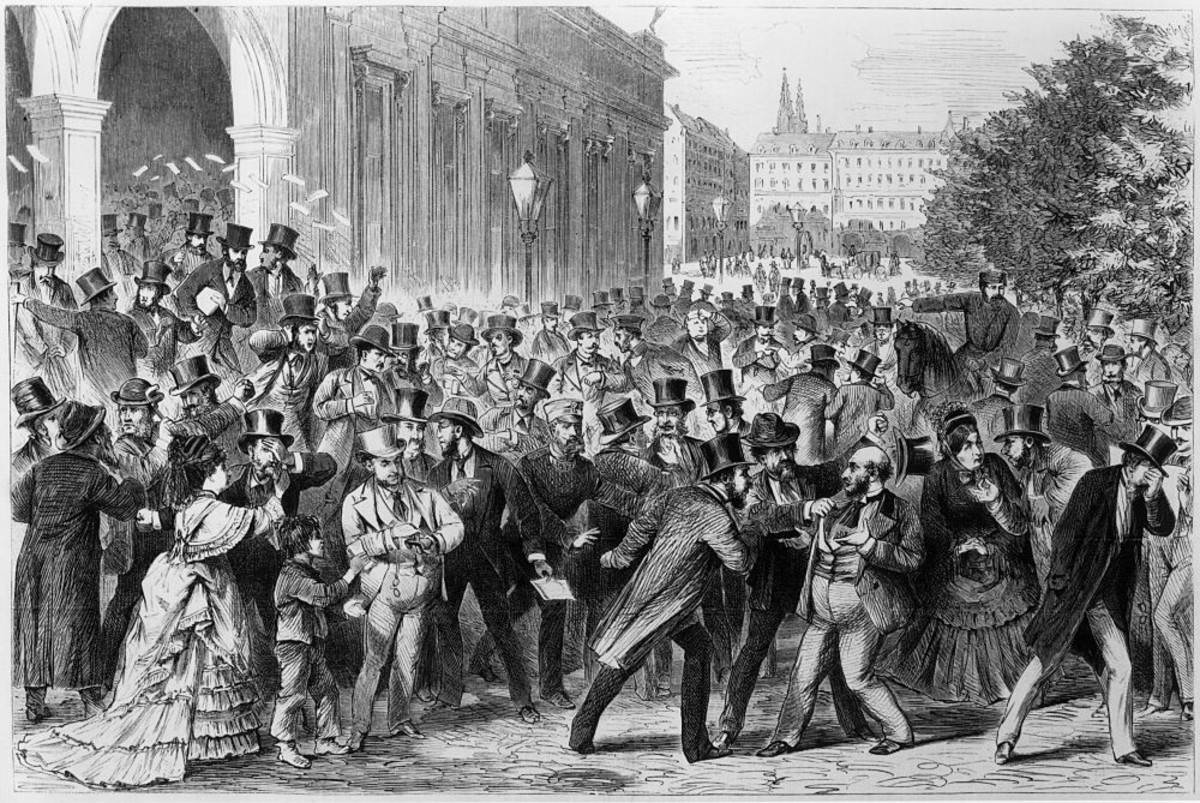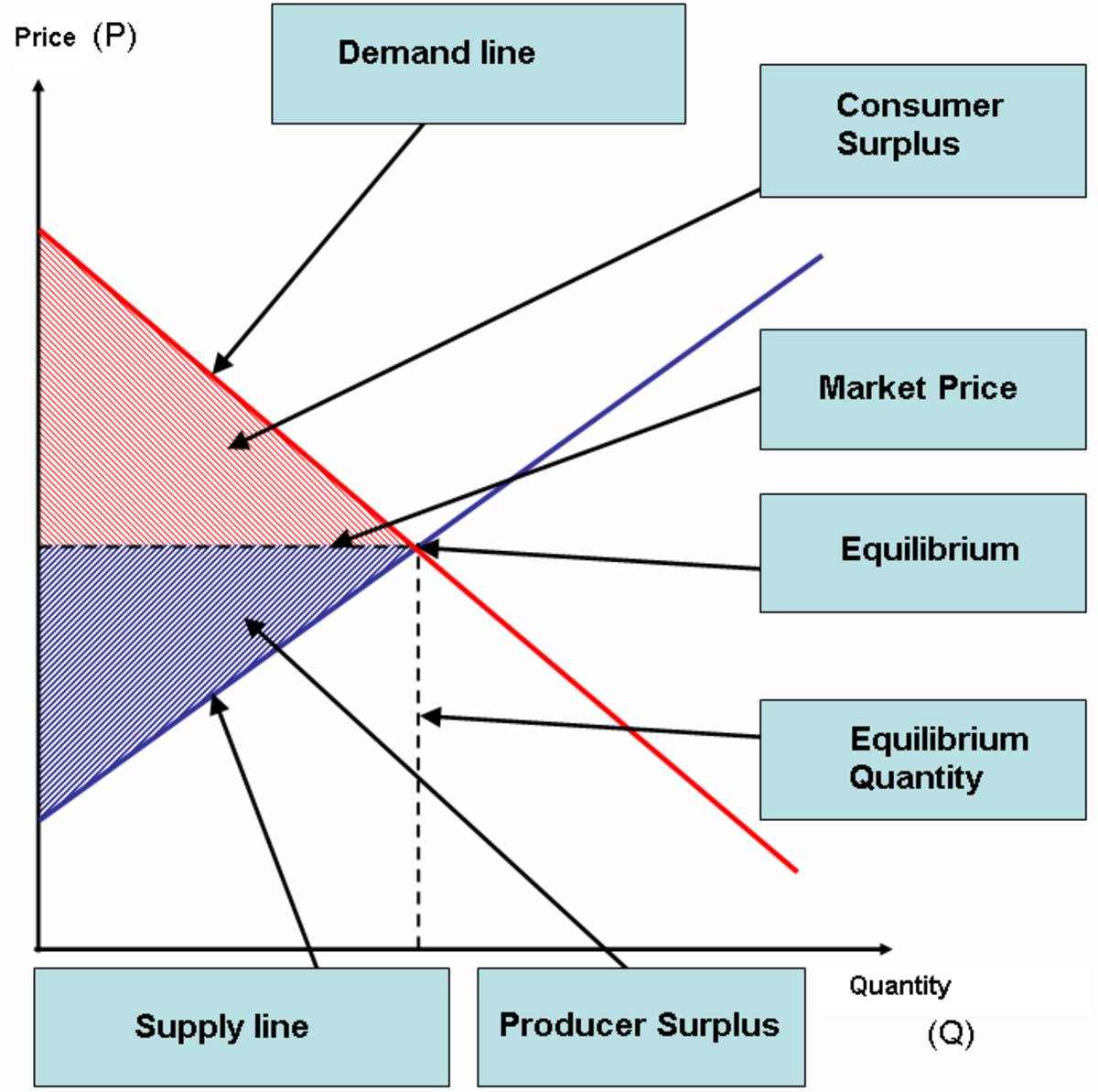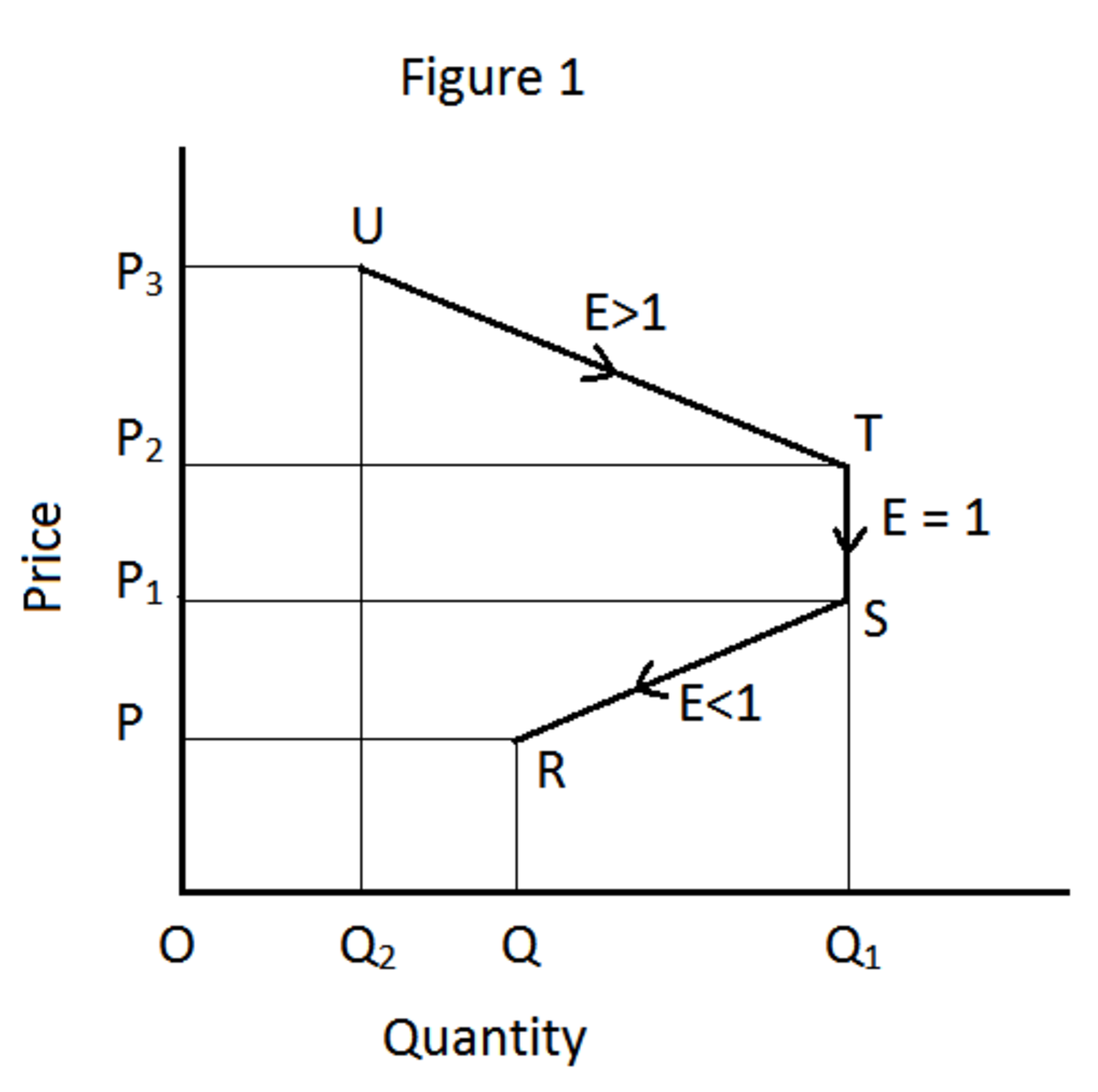A very very general overveiw of fiscal and monetary policy, and where we are today.

Disclaimer: I am not an expert on Economics, these are just my thoughts on fiscal and monetary policy, and a brief description of how I think we are doing right now.
The last four years have been rough on a lot of people. The Economy reached a peak near the end of 2007, from which it fell, slowly at first, and starting in October of 2008, from which it fell rapidly! We had a major financial crisis then in the stock market; lots of people lost their savings. Since then, the media has been reporting on the “great recession”.
But is that really where we still are? I do not think so. According to the National Bureau of Economic research we reached a trough in June 2009. A trough is basically when the economy bottoms out; nowhere to go but up. I agree with them; though it seems both the average person on the street and the mainstream media do not. What is it that we do not see? What they are missing is that the end of a recession does not mean that we are back where we were before the recession. The trough just means that we have stopped shrinking and started growing again. There is an expansionary gap in the US because actual output is higher than potential output. Most people assume that the end of a recession or depression means that things are back where they were (by which they usually mean the unemployment rate, or some other factor which they believe personally effects themselves). Also, I think that in general the economic climate still seems grim. Unemployment is higher than it was 4 years ago, some businesses are even still occasionally laying people off. Personally, I attribute much of this to factors which existed before the recession even began. The economy has been globalizing, fewer and fewer manufacturing positions are available, yet these are the people losing their jobs. As more products are made in other countries general labor in America is increasingly based around logistical services and distribution centers rather than production, it usually pays less than manufacturing and requires some sort of license (HILO or a CDL depending on the position.) Those who have exclusively manufacturing backgrounds simply are not qualified, nor do they want, these lower paying, non-unionized positions. Besides general labor we are expanding in areas like technology and management and services, but these hard working folks are not trained for those professions, so they couldn’t get a job in them if they wanted to. I firmly believe that these pre-existing economic conditions are making it much harder on the unemployed, which both slows down full recovery (as in reaching the level we used to be at) and it gives people the impression that we still have a “recession”. It does not help that the media reports it as such. However, according to the data, we are climbing up the other side of the valley, which means we are in an expansion. It seems as though settling into slow growth is the best strategy right now.
There are two primary ways in which the Federal government can attempt to control the economy; fiscal and monetary policy. The idea of using government spending to influence the economy (fiscal policy) can be traced back (most recently and concretely anyway) to John Maynard Keynes. Keynes developed a model now called the Keynesian model. The core of Keynes’ ideas revolve around Planned aggregate expenditure, or total planned spending. Keynes argues that since businesses to not respond to every change in demand with a price change, that a change in what people plan to spend in the future actually can cause actual output to change, leading to an expansionary or recessionary gap. According to this system there are two main things the government can do to help the economy; spend, which will directly raise expenditure and eliminate a recessionary gap; and lower taxes, which will cause consumer spending to rise and will also eliminate a recessionary gap.
The problem with Keynesian style economics is that it is something of a gamble. If government spending is applied well, and is put into, for example, construction projects (which employ people), or into small business loans, which will help stimulate business; then these measure likely will help the economy. If the money is put to poor use though, and doesn’t help the economy, then it is only wasteful spending. Of course it’s true for the other side of the coin as well; using tax cuts to help the economy is predicated upon consumers spending more, but they may not, though in my view consumers are more likely to spend tax returns directly on products then government spending is to be effective. I think this because government money is often re-directed at special interests due to the influence of lobbyist and other special interest groups. Though this sort of spending may raise expenditure on paper, I doubt very much that it has much real effect on the economy.
Neither of the aforementioned problems are fatal to Keynesian economics though. The thing that really makes Keynesian economics dangerous is that it’s two primary ways of attacking a recession are diametrically opposed to one another. If one spends more, one cannot tax less, without debt. If one taxes less, one must spend less, unless you get a loan. If you do cut taxes, but also cut spending, expenditure will go down first, then hopefully back up; if you do increase spending, and taxes, expenditure will go up, and then probably down. This is where the true weakness is in Keynesian economics; it tends to cause indebtedness if it is to be effective at all. Massive long-term debt will be more detrimental to the economy in the long run than any assistance government money can give to affect the short run. That is why this type of economic remedy must be applied sparingly and only in the right context; democratic governments however, usually don’t have the luxury of thinking long-term, since their term, in office, is only 2 – 4 years. Voters want to see results when they elect someone; that is why this type of economic system has been misapplied in the past; congressmen and women, and the president, want to get re-elected and are willing to go after short term problems with short term solutions without thinking about how they effect the long-run economy. Keynesian economics has it’s place, but should be applied very carefully, from a surplus only, and even then it is a risk. Supplying a rise in demand from a surplus is the only way a government can helpfully interfere in an economy. What I mean is that a one time infusion of cash can be helpful in a recession, but if you must go into debt to make that infusion, it probably is not worth it.
Monetary policy is what a country’s central bank uses to control the money supply and the interest rate. The money supply is simply the amount of money in the economy at any given time; the interest rate is how much a borrower can expect to pay to a lender for the temporary use of money. In the United States, the central bank is the Federal Reserve or the “Fed” for short. The Fed exercises control over the interest rate because changes in the interest rate affect planned spending, and as stated above planned spending affects output, which determines whether we are expanding or contracting. The Fed can raise the interest rate, which will cause the cost of borrowing money to go up, this will more than likely result in a reduction in consumer spending and planned output, doing this will close an expansionary gap, which can be bad if it’s getting too big too fast. Conversely, if the Fed lowers interest rates, planned and consumer spending will go up, which will close a recessionary gap. The Fed changes the interest rate by changing the money supply. To lower the interest rate the Fed increases the supply of money. To raise the interest rate, the Fed decreases the supply of money. To increase the money supply, the Fed buys bonds; to decrease the money supply, the Fed sells bonds.
As of right now the Federal government seems to be taking a wait and see approach to the economy. As the NBER asserts that we are currently crawling out from a trough and therefore are actually experiencing an expansionary output gap, this makes sense to me. We need some expansion right now, just to get back to where we were. At this point, I think that plentiful money has been spent in order to stabilize the economy, whether that money has had it’s intended purpose or not, the economy stabilized and is now actually growing slightly. Given our current position in the business cycle I think the government’s inaction makes perfect sense, we are exactly where we need to be right now; growing, slow and steady.








